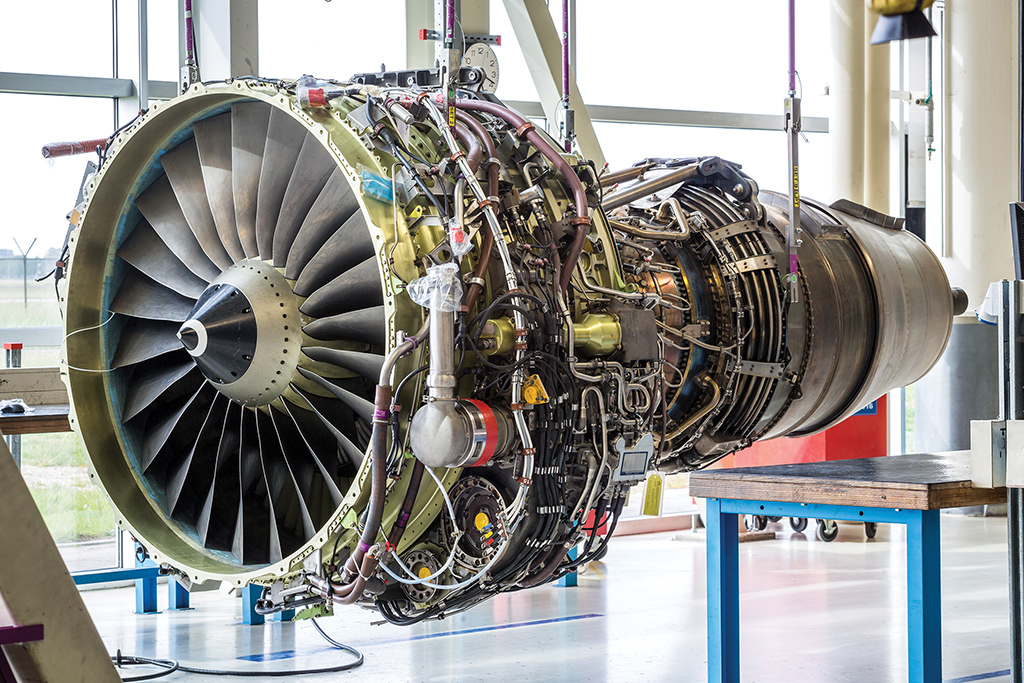Aircraft and automotive engines are subjected to extreme temperatures on a near-daily basis. As a result, manufacturers must ensure that the engines for these machines are well-constructed and built to last.
While both aircraft and auto engines are primarily constructed out of metal components, they also contain several other materials, like fluorocarbon. More commonly known as “synthetic rubber,” fluorocarbon is a specific type of rubber that is extremely durable and versatile.
Below, we’ll discuss the science behind fluorocarbon and why this compound is such an important component of aircraft and auto engines.
What Is Fluorocarbon?
A fluorocarbon is a compound that contains both carbon and fluorine. These items are often used to provide lubrication, non-stick surfaces and plastics, along with aerosol propellants. For the purposes of this article, we will focus on engine components that are produced using fluorocarbons.
Often referred to by its original trade name, Viton, fluorocarbons are synthetic rubber compounds that are used to create various products, such as seals and o-rings. Fluorocarbons have several distinct performance benefits when compared to other rubber-like manufacturing materials, which is why they are used in aircraft and auto engines.
Fluorocarbon is a polymer, which means that it is made by combining multiple substances. Most fluorocarbons are copolymers because they are created by bonding fluorine and carbon atoms. However, some fluorocarbons include as many as four different materials. These are known as tetrapolymers.
Are There Different Types of Fluorocarbons?
There are many different types of fluorocarbons. Each fluorocarbon compound is classified based on its intended purpose, fluorine content and the method by which it is cured.
ASTM, the American Society for Testing and Materials, has published guidelines regarding the use of polymers in rubber compounds. Manufacturers generally use ASTM D1418 guidelines to designate which polymer should be used in which rubber compounds. These ASTM codes are listed on material specifications or part drawings.
In total, the ASTM D1418 classifies rubber into six different types. These types are as follows:
● M Type
● O Type
● R Type
● R Type Modified Carboxylic Acid
● Q Type
● U Type
All variants of fluorocarbon are listed under the M Type portion of ASTM D1418. Typically, high-fluorine fluorocarbons perform better than their low-fluorine counterparts, but more on that below.
Benefits of High-Fluorine Fluorocarbons
Most manufacturers prefer high-fluorine fluorocarbons, especially when it comes to manufacturing aircraft and auto engines. This is because high-fluorine fluorocarbons offer several benefits, including:
Chemical Resistance
While all fluorocarbons are known for their chemical resistance, high-fluorine variants are less prone to swell in high octane and oxygenated fuel blends. This provides superior performance in methanol/ethanol blended gasoline.
Fluorocarbon o-rings and seals can withstand more than just caustic chemicals. They are also able to endure high pressure, such as the pressure created in aircraft and automobile engines.
Cost-Effective
High-fluorine fluorocarbons are both affordable and readily available. Companies that manufacture aircraft or automobile engines can easily purchase core fluorocarbon components, such as o-rings and seals. They can acquire these items for a great price while also having the confidence that the products are built to last.
Durable
High-fluorine fluorocarbons are also extremely durable. They age and break down at a slower rate than low-fluorine fluorocarbons, making them the ideal choice when manufacturing aircraft engine components. In addition, high-fluorine fluorocarbons can withstand an extreme range of temperatures. This attribute has a direct impact on both the performance and safety of aircraft.
High-fluorine fluorocarbons remain an integral component for both aircraft and auto engines. No other compound offers the same combination of chemical durability, extreme temperature resistance and value.








